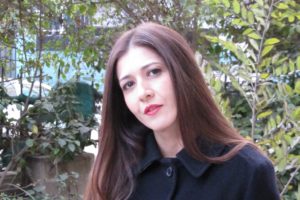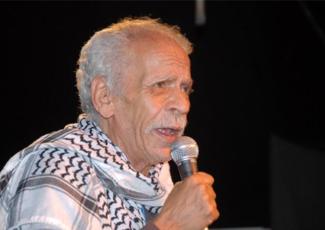Revolutionary Poetics and Translation

Tahia Abdel Nasser
The poetry recited in 2011 in the context of the Egyptian revolution, and its later translation into a variety of languages, contributed to local and global understandings of that historical moment. This essay examines some of the ways in which new poetic production in 2013-2014 extends and reconfigures the revolutionary movement in Egypt, the difference between the new poetics and the poetry inspired by the 2011 revolution, and the effect that translating new poetry concerned with the events that have been unfolding since 2011 can have on global understandings of the unfolding narrative of the uprising. I argue that the poetry of Tahrir published in 2013 renews the revolutionary ideals epitomized in the poetry that appeared in 2011. The poetry of Amin Haddad, as a case in point, translates the dreams and aspirations of Tahrir, resituated in 2013 and 2014 with the publication of a new volume. I examine Haddad’s poetry against English translations of poetry since 2011 and argue that translation of this new poetry is an ethical and political act that simultaneously reads and registers the iterations of Tahrir and the developing narrative of revolution in the contemporary local poetry scene.
Tahia Abdel Nasser is an Assistant Professor of English and Comparative Literature at the American University in Cairo, and a writer and translator. She writes on postcolonial, Arabic, Latin American and Anglophone literature and has worked and lectured on revolutionary poetics and a literary archive of the Egyptian revolution. Her work has appeared in Mahmoud Darwish: The Adam of Two Edens (2000), The Poetry of Arab Women: A Contemporary Anthology (2001), Yearbook of Comparative Literature, Journal of Arabic Literature, Alif: Journal of Comparative Poetics, Jusoor and Dictionary of African Biography (2011). She is completing a book on Arabic, Anglophone and Francophone autobiography in the Arab world and working on a novel. Her next book project explores Arab and Latin American literary and cultural exchange.
Images from Tahia Abdel Nasser’s chapter:

Figure 1: Photo of Ahmed Fouad Nigm wearing a Palestinian keffiyeh, accompanying Sinan Antoon’s translation